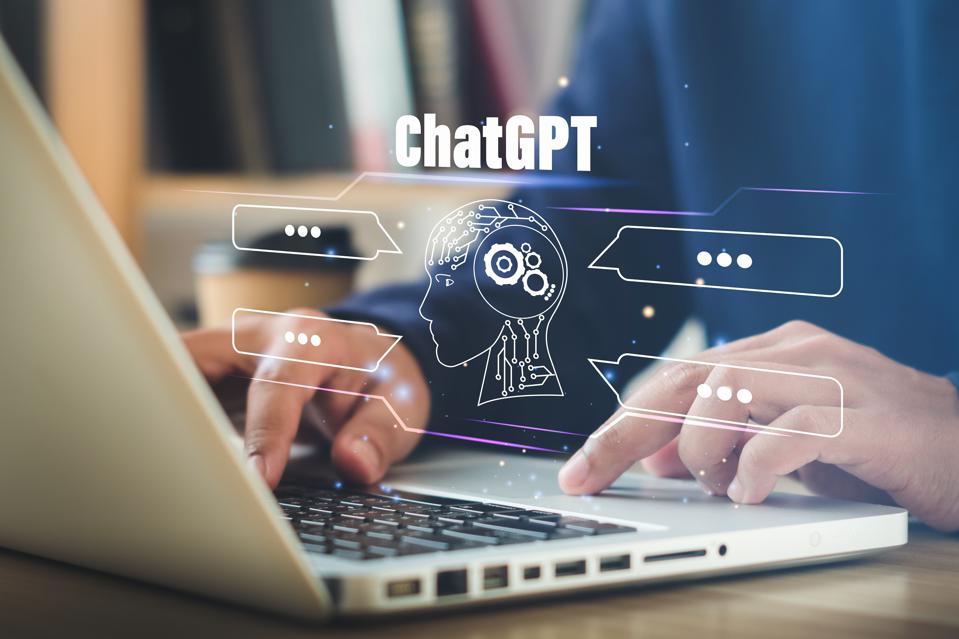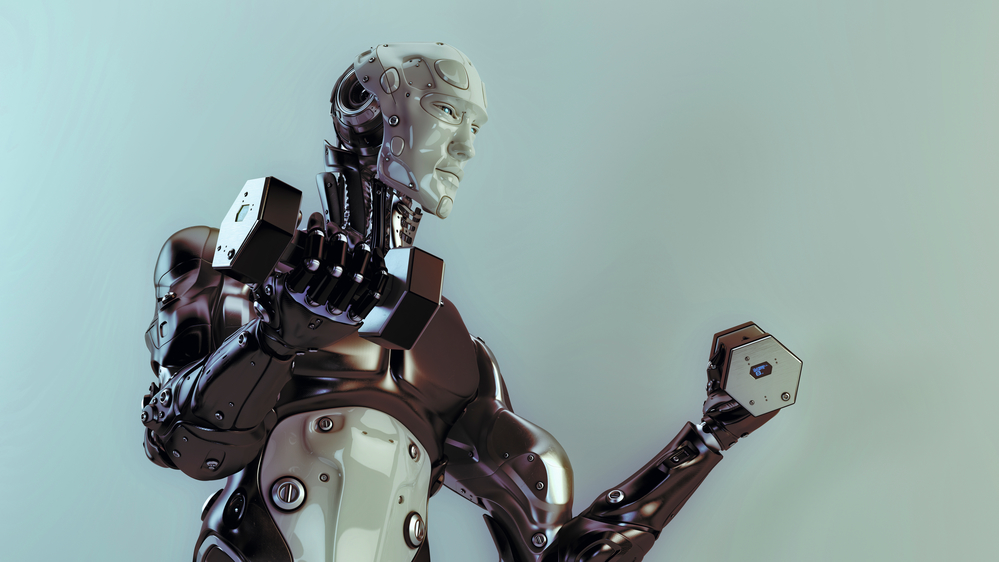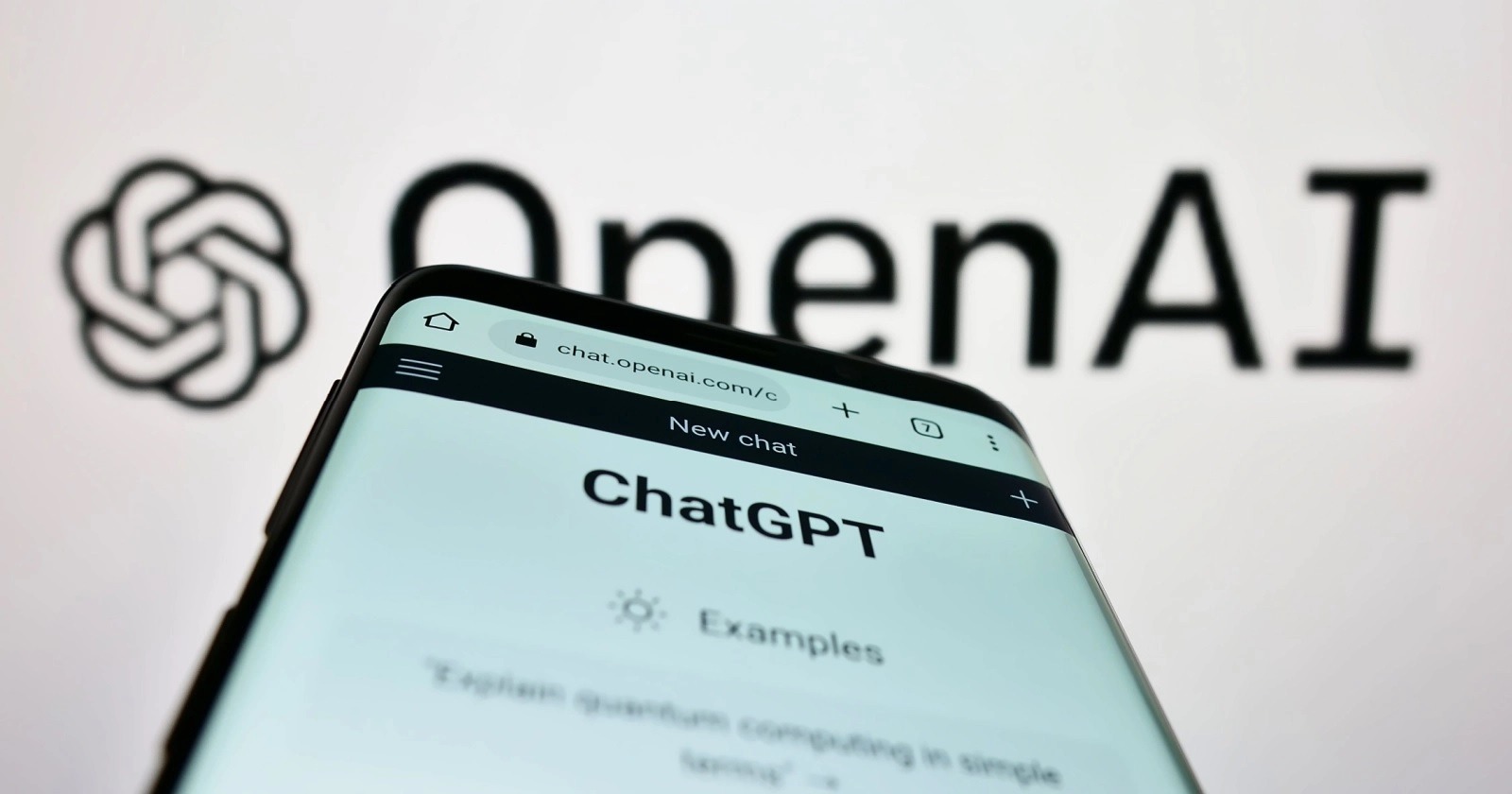Internet users turn ChatGPT into their own PT, planning exercise effectively
- Tram Ho
A summary of the article represents the views of Rhiannon Williams, a writer for the MIT Technology Review.
When I opened the email announcing that I had been invited to participate in the London Marathon, I was elated. And then panic. Almost six months since my last marathon, I still know how much effort I will have to put in so that I have to practice running every day, every week, and every month despite the rain, the cold, the fatigue. , the grumpiness or power left after each drinking session.
No one warned that the marathon was the easy part. It’s the workouts that kill you – and figuring out how to keep your runs fresh and exciting is part of the challenge.
Some fitness junkies think they’ve found a way to improve their workouts: by authorizing the artificial intelligence chatbot ChatGPT as a personal trainer. Created by OpenAI, the software can be used to create everything from love letters to legal documents. Now, fitness enthusiasts are using it to add fun to intense workouts. Some investors are still synthesizing and selling training packages created by ChatGPT.

ChatGPT is too convenient for users to ignore – Photo: ADOBE STOCK.
The attraction was obvious. ChatGPT answers questions in seconds, eliminating manual filtering for users. You can even ask a series of related questions, for a detailed, personalized answer. ChatGPT’s chatty friend-like tone is ideal for giving advice on staying in shape, and the information is presented clearly.
OpenAI doesn’t reveal any details, but we do know that ChatGPT is trained using data from websites, Wikipedia resources, books stored in digital libraries so on the surface, it can answer pretty good for general queries (although no one can guarantee the answers are always correct).
Has ChatGPT become the future of sport? Or is it just a confident brat?
Get used to it little by little
To test ChatGPT’s workout planning capabilities, I asked it to write a 16-week training schedule to prepare for a marathon. It didn’t take long for me to realize this didn’t work. In order to properly practice running a marathon, you will have to increase your distance each week. The teachings of the ancestors show that the longest running track will be around 30 km. ChatGPT suggests a 15km running distance. I shivered when I imagined running a marathon without being fully prepared, I would be in excruciating pain – and at high risk of injury.
When he made the same request but in a different conversation – with the content ” write me a 16-week training plan for the marathon ” – it advised me to run about 30 kilometers before the race day. Once again, the machine produced the recipe for disaster. The plan will leave me exhausted before the starting line, and will probably also get injured.

We can’t build muscle with artificial intelligence lifting weights, but it can give advice. So how right can AI’s advice be? – Photo: iStock.
I wasn’t sure why ChatGPT gave two different answers to the same question, so I asked OpenAI itself. A spokesperson told me that large language models tend to produce distinct answers each time they are asked, adding that “ This is because [ChatGPT] is not a database. It will generate a new response to every question or query .” The OpenAi website also explains that while ChatGPT can learn from an extended conversation, it cannot use past conversations to generate future answers.
When I asked OpenAI why ChatGPT was able to offer potentially disastrous advice, the spokesperson told me: “ It’s important to remind readers that ChatGPT is just a showcase of one’s capabilities. research project – and we will let users know in advance that it can generate misinformation, and will at times produce harmful instructions or biased content .”
One of the plans that ChatGPT drafted for me contained the advice that consulting a coach is a good idea. Another planner reminds me to listen to my body’s whispers and rest for a few days. Another plan that didn’t include any warnings. Chatbot responses are inconsistent, and not helpful.
Towards the end of the journey, I felt frustrated and a little concerned. It didn’t help me. However, while surfing TikTok, Reddit and Twitter, I discovered many cases of using ChatGPT to create a fitness plan. Unlike me, some people follow ChatGPT’s suggestion.
Challenging Limits of ChatGPT
ChatGPT’s fitness advice can be impressive on the surface. A fitness enthusiast to stay in shape, Austin Goodwin from Tennessee, found out about ChatGPT while doing content marketing, and then slowly started asking it fitness-related queries.
He once asked it to explain what accumulative stress training was (i.e. increasing weight or number of lifts), and why a calorie deficit is essential for weight loss. “ It seems to give me the answers of someone who has accumulated years of knowledge, ” Mr. Goodwin said. ” It’s like [ChatGPT] is a steroid-injected Google or Wikipedia search function – it’s been enhanced and taken to the next level .”
It’s not just Goodwin that sees ChatGPT’s ability to confront Google search – reportedly, Google executives have deemed the software a ” red-level ” threat.

Google soon realized the potential and dangers of ChatGPT – Photo: Internet.
I’m aware of ChatGPT’s ability to present information when asking it to do a weight training plan (this query is theoretical only – I’m not planning to push weights as directed by artificial intelligence). So it paid me a routine that included squats, pull-ups, and lunges. To push it to the limit, I told ChatGPT that my goal was to ” get thin ” (I lied to it again, just to be careful). It gave me an impressive answer, with the advice that “ for the purpose of slimming, pay attention to weight ”. It’s also true.
Goodwin tested the limits of ChatGPT’s knowledge with questions he already knew the answers to. That’s also the method tested by Alex Cohen, another fitness enthusiast who works for a wellness startup called Carbon Health.
Initially, Cohen asked ChatGPT to calculate the amount of energy consumed in a day. He then asked it to come up with a meal and a detailed workout plan. Like Goodwin, he was impressed with the way ChatGPT presented information. However, he quickly realized that the software could not replace a nutritionist or a personal trainer.
” It doesn’t give a workout plan based on my specific body type, or my training experience ,” Cohen commented. Besides, ChatGPT does not know how to ask users again to collect more information, in order to improve its answers.
Practice practice
The quality of ChatGPT’s advice varies, and some people are already following the training route provided by ChatGPT.
John Yu, a content creator on TikTok, details 6 days of training following the advice of ChatGPT. He asked the chatbot to come up with a sample exercise each day, then edit the exercise to suit the part of the body he intended to practice.
The exercises given by ChatGPT are completely fine and easy to follow. However, Mr. Yu said that the movements provided by the chatbot lacked variety, making him quickly bored.
Lee Lem, another fitness content creator on TikTok, has a similar experience to Mr. Yu. He asked ChatGPT to come up with a program of “ optimal leg exercises ”, and the software produced a series of common exercises; However, the interval between exercises is too short. Mr. Lem asserts that 30 seconds of rest is too short for the intensity of the exercises.
The repetitive movements will make the practitioner quickly bored; The flesh-and-blood PTs are well aware of this, ChatGPT is not.

Two examples have shown the core problem of ChatGPT in guiding people to exercise: it does not consider the finite capacity of the human body – Photo: Internet.
Some people can’t ignore ChatGPT’s planning capabilities, they are even willing to pay to use the service for free. Ahmed Mire, a software engineer based in London, is selling physical exercises created by ChatGPT for $15 each. The person in need will provide Mire with information such as training goals, body measurements or desired goals, … and Mr. Mire will consult ChatGPT.
ChatGPT software is free, but people are willing to pay for the convenience.
Most of my respondents have one thing in common, which is that they consider ChatGPT’s advice to be a fun experiment, not a professional guide. They all have a basic knowledge of physical fitness, know what exercises their body is suitable for, and can immediately see the inconsistency in the training schedule given by ChatGPT. Inexperienced individuals may not appreciate the quality of an exercise given by ChatGPT.
What is the future of training?
This is not to say that artificial intelligence models can’t, or shouldn’t, plan workouts. But to conclude, they are not entirely accurate. ChatGPT will improve over time and will likely gain the ability to ask questions. For example, it can ask the user if they hate a particular exercise, or if the user has a physical injury. But fundamentally, ChatGPT cannot provide an informed advice on its own, nor does it fully understand the nature of the concepts being exposed.
Because ChatGPT is trained using a database available online, it may produce information that you don’t know but someone else knows. That is the opinion of Philippe De Wilde, professor of artificial intelligence at the University of Kent, UK. Maybe ChatGPT will give the theoretically correct answer, almost certainly expert advice will be more valuable.
Even if it helps, we should still consider ChatGPT as an interesting way to improve exercise, or look for an exercise plan that they can’t figure out on their own. ” It’s a tool, not a health manual ,” says Rebecca Robinson, a fitness and pharmaceutical consultant in the sports industry.
So away from the Internet, I followed directions from books and magazines, written by expert runners, and created my own marathon training plan. It’s been four weeks, and I can already see the results.
I wasn’t the only one who refused to listen to ChatGPT’s advice – Lem followed ChatGPT’s instructions to make a single TikTok video, while Yu soon returned to her workout routine. “ I would rather practice and adjust my own training schedule, than keep giving information to ChatGPT and then not be interested in the exercises it gives ,” said Mr. Yu.
Source : Genk
